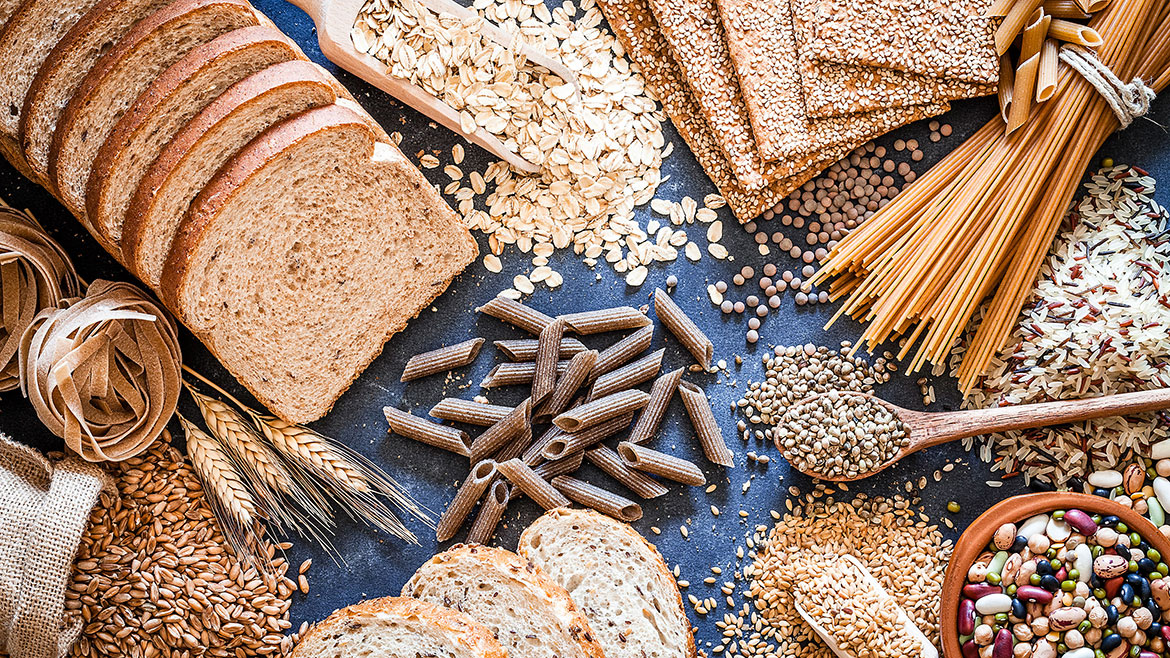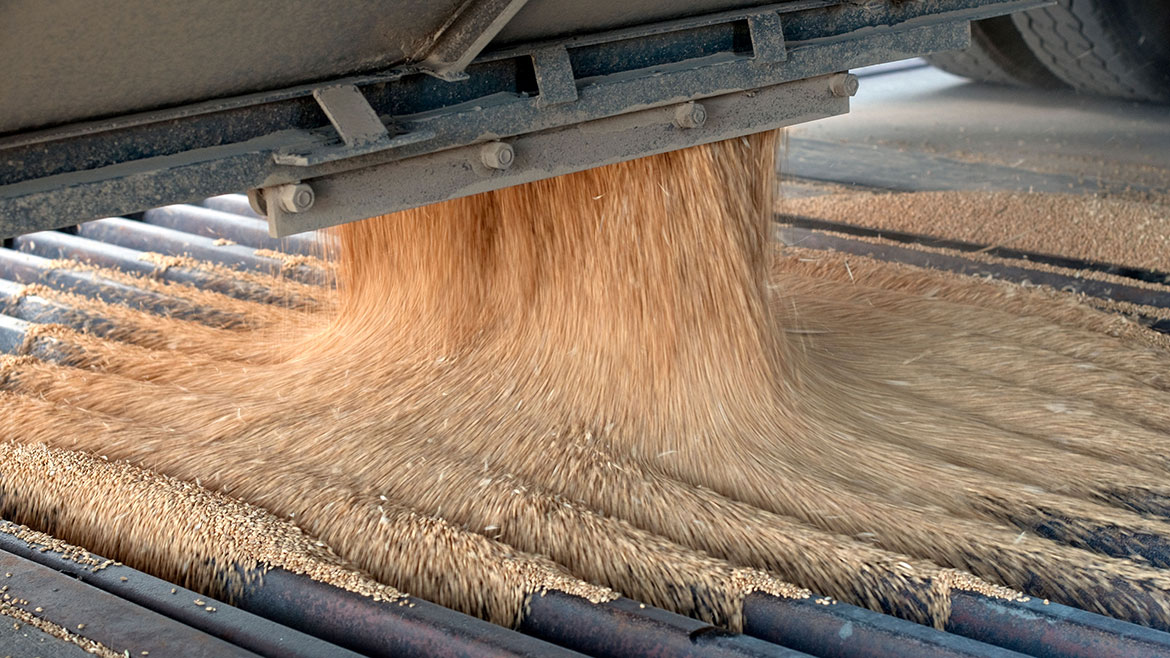With more plant-based options in the frozen and refrigerated sections of the grocery store, will these products begin to compete with the animal analogue products on price as well as taste?
Commodities Outlook for Plant-Based Proteins
Plant-based commodities like grains and beans have been a staple for generations, providing a low-cost alternative to animal proteins. Plant-based legumes are approximately a quarter the cost of beef and half the cost of chicken per gram of protein, according to VegTech Invest research. Inflation is raising the cost of meat and making that costs differential between the two even more stark. According to the U.S. Bureau of Labor Statistics, “prices for meats, poultry, fish, and eggs increased 13% for the year ended February 2022, the largest yearly increase since July 1979.”
Consumer preferences are evolving and today people want plant-based proteins that taste exactly like meat. Plant-based meat is an emerging category, widely available in the frozen and refrigerated meat aisles. The products can have an indistinguishable taste to the animal counterpart, making it a viable replacement for animal-based commodities, and a commodity in its own right alongside basic plant-based commodities like wheat and soy.
The major roadblock holding back the growth of plant-based meat commodities are the high prices. Plant-based meats typically cost more than grains, beans, beef and chicken. Only a few products such as Gardein Beefless Crumbles have reached price parity with ground beef, and the average plant-based beef is approximately 50% more expensive per pound than the animal version, according to our research.

We believe there is pent-up demand for plant-based products given that the plant-based foods segment grew three-times faster than the overall food market in 2021, according to the Plant Based Foods Association’s SPIN data. However, high prices could be hampering organic growth, and continued movement towards price parity will lead to expansion. A Kearny study found that for every 1% decrease in price for plant-based foods, there is a 3% increase in market share: this would indicate that lower prices will lead to fast growth in this segment.
We expect a lowering of prices in the coming years, with plant-based meat reaching price parity or lower and real estate in the grocery store allotted to more plant-based products. Reasons we will see price parity for plant-based meats:
- Producers are lowering prices and have committed to continuing to do so.
- Economies of scale are kicking in leading to better pricing.
- The input costs of plant-based meats are fundamentally lower that animal versions.
Producers are Lowering Prices
Plant-based meats from market private labels such as Whole Foods 365, Amazon and Kroger’s Simple Truth are already low in price, creating pricing pressures in this space. Incumbent brands such as Morningstar and Gardein are also offering low-cost products. Impossible Foods lowered their price twice in 2021, each time by 15-20%.
Economies of Scale
The production of plant-based foods requires specialized production machinery, such as protein extrusion and texturizing machines. The investments in the machinery comes at a cost initially, and pay off over time, giving producers the ability to lower costs and increase margins. This lowering is a long-term benefit of investing in specialized facilities.
In addition, plant-based meat companies have already invested heavily in research to discover efficient production processes and are starting to be able to produce at scale with much less research. For example, Impossible Foods learned how to replicate the savory and juicy taste of meat using synthesized heme, a color additive derived from soy leghemoglobin. The first ounce of that product was expensive because of all the work needed to establish a manufacturing process, but now the company produces the heme at scale at a lower cost per ounce.

Input Costs are Key
Low-cost plant-based commodities like soy, wheat and grains can be used directly for plant-based products for an almost one-to-one ratio of calorie inputs and outputs. Some manufacturers use soy protein concentrate in their plant-based beef. The protein in soy is separated from another valuable product, soy oil, and so soy has a good overall bang for the buck.
Other plant-based commodity inputs are facing transitory pricing issues. One popular plant-based meat brand uses pea protein, and pea growers have had to expand their crops to keep up with the demand for plant-based meats. As crops expand in scope, we expect more competition and prices to go down. The third main commodity used in plant-based meats is wheat, which is found often in plant-based chicken as wheat protein concentrate (gluten). Our research finds that with the high price of wheat, plant-based chicken is currently more expensive per pound than plant-based beef, but that wheat prices will probably return to their historical average in 2023. We expect plant-based chicken to use more soy as well and lower in price in the coming years.
Perhaps the most important driver in cost structure is the input costs which are fundamentally lower for plant-based meats than animal meats. We think this price differential is so great, and so important, that it is almost inevitable that plant-based prices will reach parity with its animal-based competitors.
Due to feed conversion ratios for animals, soy and grains and low-cost foods, when used as animal feed, have a large impact on the price of the animal meat because the calorie return is so low that more of it is needed.
According to IOP Science it takes up to 30-35 calories of animal feed to make one calorie of beef, and 7-9 calories of food to make one calorie of chicken, according to the World Resource Institute. Whereas if the same inputs were used in plant-based meats, less is needed and the costs are lower. The process is more direct, requires less inputs and takes less time. In short, giving food to animals to make food for people is inefficient. For the lowest cost and highest efficiency, simply feed food to people, and cut out the middle agent.
Conclusion
The signs are clear that plant-based meats will have lower prices than the animal counterparts in the coming few years and will continue to expand. The market potential for alternative proteins is high, with the Boston Consulting Group predicting plant-based alternatives to grow to $290 billion by 2035 from $39 billion in 2021.
Flexitarians, the demographic seeking to reduce meat consumption, make up over 45% of the U.S. population, according to a recent survey conducted by Sprouts. These people want to eat less meat for a number of reasons, including human and planetary health and animal welfare. Many in this demographic pay more now but would rather not. There is pent-up demand and when prices reach parity, plant-based meats will become a commodity representing a major portion of the protein market and this could mean exponential growth for the category.


